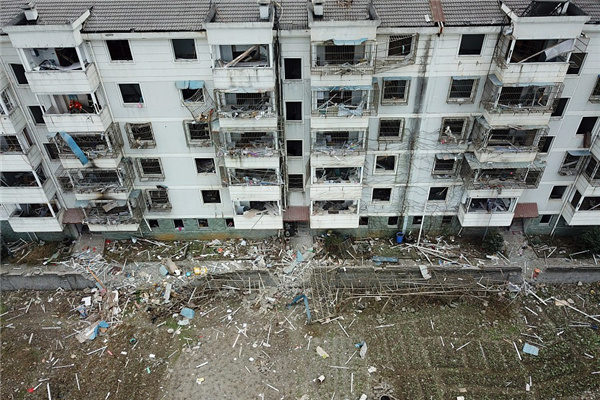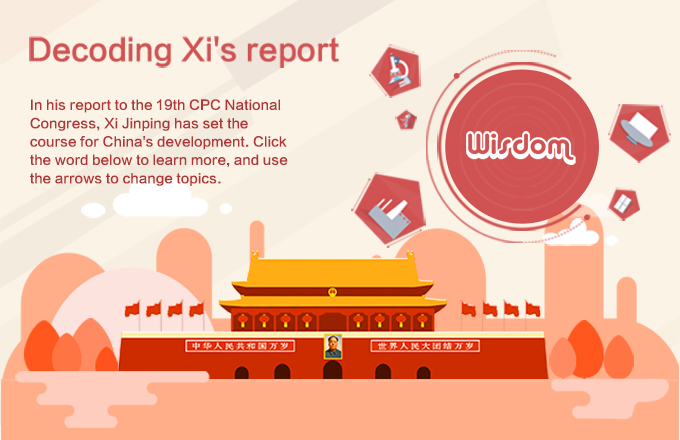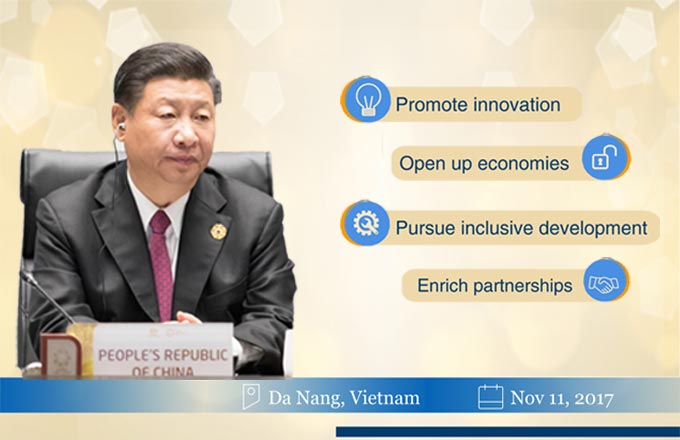Auto congestion down in big cities
More than one-third of major Chinese cities saw reduced traffic congestion in the third quarter of this year, compared with the same period last year, according to a report published on Monday.
The report, based on traffic data from 100 cities, found that 37 of them had become less congested. Traffic in 42 cities was the same, while conditions were worse in the remainder.
The report was released by AMAP, a major online map provider in China, and several other companies and institutes, including bike-sharing company Mobike.
It measured congestion by comparing actual time spent commuting with that required over the same distance when roads are not crowded.
In general, bigger cities tended to have more serious traffic congestion.
Jinan, Shandong province, was ranked as the most-congested city, with an index of 2.065 during peak hours-meaning drivers spent more than twice as long on the road on average between 7 and 9 am, and 5 and 7 pm, compared with free flowing traffic.
Harbin and Beijing ranked second and third, with indexes of 2.049 and 2.046.
July proved to be the least-crowded month in 63 of the 100 cities. On the other hand, September, when schools opened, was the most crowded month for 84 cities.
Shijiazhuang, Hebei province, saw the biggest improvement in traffic congestion between July and September, with the index decreasing by 9.9 percent. The major cause was the opening of a subway line in June, which helped reduce automobile use.
Eight other cities such as Guiyang, Guizhou province, and Xiamen, Fujian province, also saw their indexes decline by more than 5 percent.
In addition to more public transport, the adoption of internet technologies to improve traffic management also helped ease traffic congestion in cities such as Shenzhen, Guangdong province.
In Beijing, widespread use of shared bikes contributed to easing traffic around many residential areas, with the index decreasing by more than 40 percent for some roads where there was a surge in the number of shared bikes, the report said.
Chen Yanyan, a professor of transport studies at Beijing University of Technology, said that as cities become bigger, a combination of transportation modes, such as subways, buses and bikes, can better meet people's demand for swifter traffic.
"Intensive study of supply and demand for various means of transportation can help establish an effective urban transport network," she said.
With the adoption of new technologies such as big data, use of road resources can be optimized to improve traffic efficiency and ease congestion, she said.




























